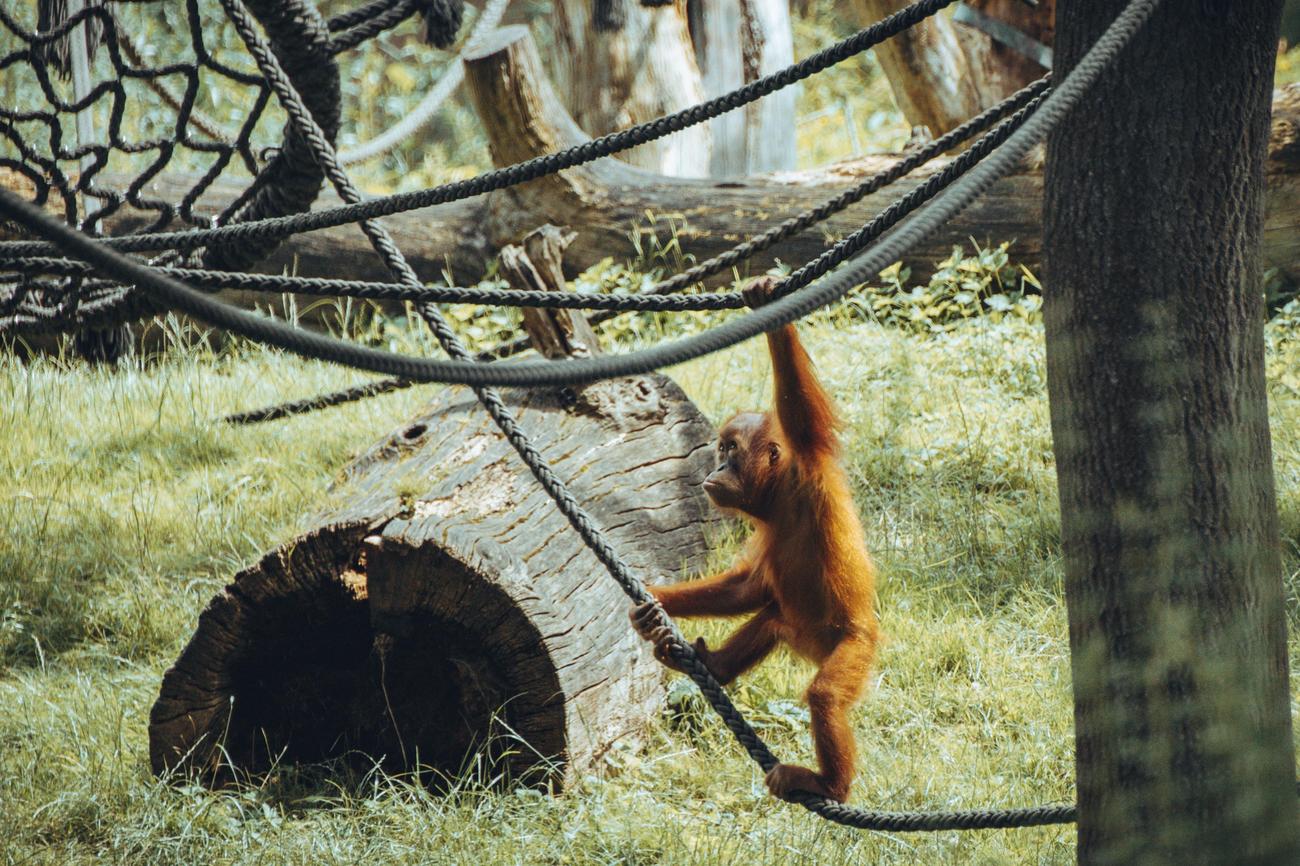Are you ready to embark on an awe-inspiring adventure into the enchanting world of orangutan habitats? If you’re a wildlife enthusiast with a thirst for knowledge and a passion for these incredible creatures, you’ve come to the right place. In this article, we will unveil a treasure trove of fascinating information about orangutan habitats – from their unique habitat needs to their mesmerizing behavioral patterns. Join me as we delve into the lush rainforests and untamed wilderness that orangutans call home, unraveling the secrets of their captivating world. Get ready to be amazed by the wonders that await you in the realm of these extraordinary creatures.

Fascinating Orangutan Habitat Information
Orangutans, these incredible creatures, inhabit the lush tropical forests found in the river valleys and floodplains of their respective islands. They have a particular fondness for two types of forests: peat swamp and dipterocarp. These habitats provide the necessary resources and shelter for orangutans to thrive and survive. But orangutans are also quite adaptable and can be found in other environments as well, ranging from lowland swamps to grasslands, agricultural areas, and even gardens!
One of the most enchanting aspects of orangutan habitats is the way these primates interact with their surroundings. Orangutans are true tree-dwellers, spending the majority of their time amidst the leafy canopies. They exhibit remarkable agility as they traverse the branches, displaying both grace and strength. Picture orangutans swinging effortlessly from tree to tree, reaching heights of up to 150 feet. It’s truly a sight to behold!
Orangutans are not just mere occupants of their forest homes; they play a vital role as the “gardeners” of the forest. These majestic creatures are instrumental in seed dispersal, a crucial aspect of maintaining the ecological balance in their habitats. As orangutans munch on fruits, they inadvertently spread seeds throughout the forest. These seeds then take root, ensuring the continuous growth and regeneration of the forest.
The complex relationship between orangutans and their habitats highlights the delicate balance of nature. Understanding the fascinating details of these habitats is key to appreciating the importance of orangutan conservation efforts. By acquiring knowledge about their habitat needs, behavioral patterns, and the challenges they face, we can better protect these extraordinary creatures and their homes.
In conclusion, orangutan habitats are captivating and diverse, ranging from tropical forests to swamps and agricultural areas. These habitats provide the necessary resources for orangutans to survive, and their ability to adapt to various environments is truly remarkable. Orangutans also play a crucial role in seed dispersal, contributing to the maintenance and regeneration of their habitats. By delving into the mesmerizing world of orangutan habitats, we gain a greater understanding of these remarkable creatures and the measures required to protect them for future generations.
“Orangutan habitats are more than just locations; they are living ecosystems intertwined with the survival and well-being of these incredible primates.“
Orangutans are fascinating creatures, known for their intelligence and unique behavior. But did you know that their habitat is equally as intriguing? If you’re curious to learn more about the interesting facts surrounding orangutan habitats, you’re in luck! Click here to discover these captivating details and delve into the world of orangutans. Don’t miss out on uncovering the secrets of their natural environment; simply follow this link: Interesting Facts About Orangutan Habitat. Prepare to be amazed by the wonders of their habitat and gain a deeper understanding of these incredible primates.
FAQ
Question 1
What are the preferred habitats of orangutans?
Answer 1
Orangutans primarily live in tropical forests, specifically in river valleys and floodplains of their respective islands. They have a preference for peat swamp and dipterocarp forests. However, they can also be found in lowland swamps and even venture into grasslands, agricultural areas, and gardens.
Question 2
How do orangutans spend their time in the wild?
Answer 2
Orangutans are arboreal animals, spending a significant amount of their time in trees. They can be found living as low as about 10 feet from the ground or as high as over 150 feet up in the trees.
Question 3
What role do orangutans play in their habitats?
Answer 3
Orangutans are considered the “gardeners” of the forest due to their vital role in seed dispersal. As they move through the forest, orangutans consume fruits and disperse the seeds through their droppings, contributing to the regeneration and diversity of plant life in their habitats.
Question 4
What is the background of orangutan habitats?
Answer 4
Orangutan habitats consist of tropical forests, particularly in the river valleys and floodplains of their respective islands. These forests include peat swamp and dipterocarp forests, as well as lowland swamps. Orangutans also have the ability to adapt to other environments, such as grasslands, agricultural areas, and even gardens.
Question 5
What is the expertise of the writer related to orangutan habitats?
Answer 5
The writer possesses a background in biology and extensive experience in environmental journalism. They have a deep understanding of orangutan habitat needs, behavioral patterns, and conservation challenges. Their expertise lies in translating complex scientific information into engaging articles to educate and inspire readers to appreciate and protect orangutans and their habitats.












